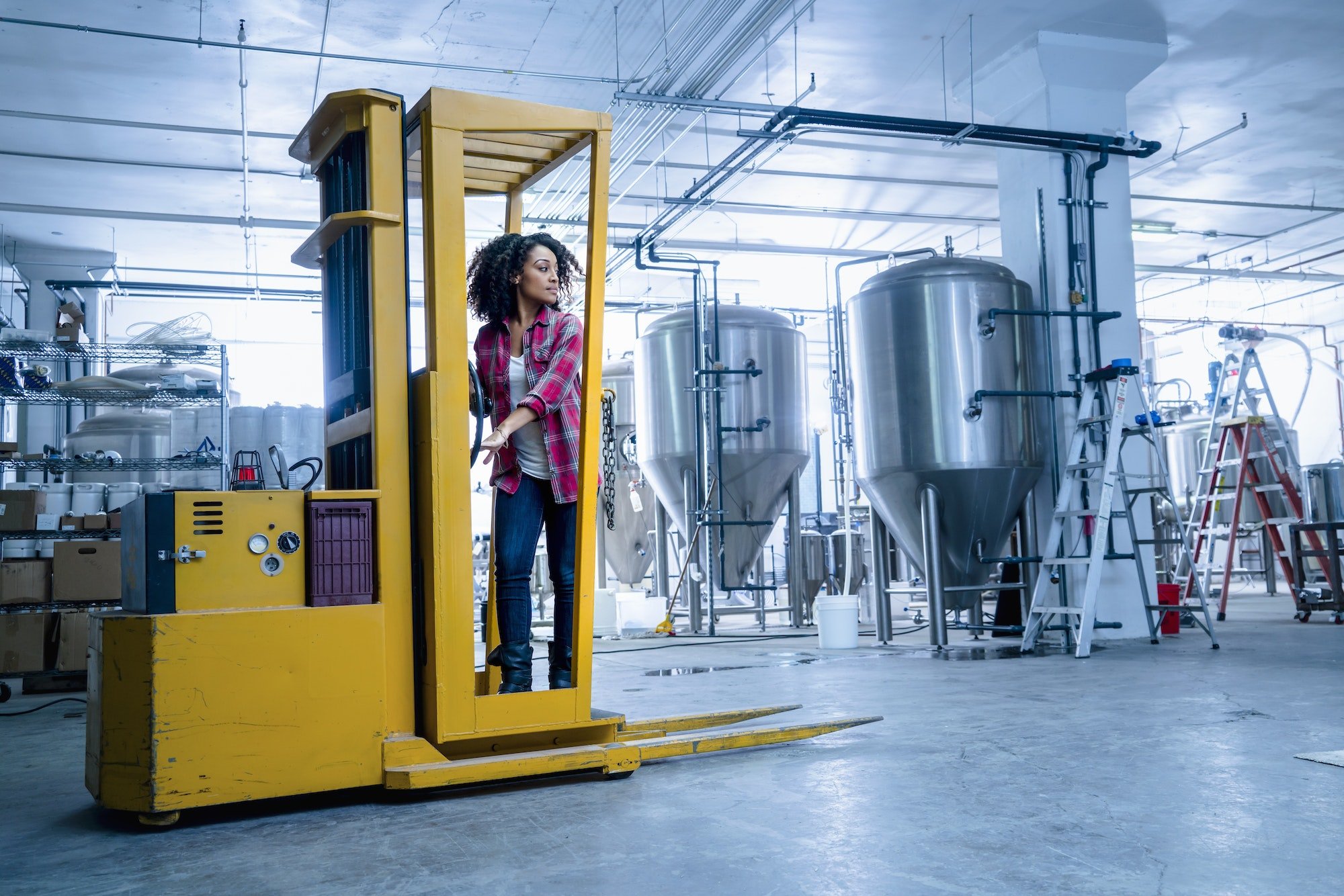Warehousing is an essential part of modern logistics and transportation. It requires the use of forklifts to move materials and products into storage. Forklifts are powerful machines and can be dangerous if they are not operated safely and properly. With proper safety training and best practices, warehouse workers can ensure their safety and the safety of those around them. Here are some essential forklift safety tips and best practices to create a safer warehouse.
Understand the Basics of Forklift Operation
Before operating a forklift, it is essential to understand the basics of forklift operation. This includes knowing how to use the various controls, how to safely lift and move materials, and how to properly maintain and repair the forklift. Understanding these basics is the first step in creating a safe working environment.
Follow the Rules of the Road
Just like a car, forklifts must obey the rules of the road. This includes obeying speed limits, following traffic signs and signals, and yielding to pedestrians and other vehicles. When operating a forklift, it is essential to be aware of your surroundings and adhere to the rules of the road.
Practice Safe Driving Habits
Forklift drivers should practice safe driving habits at all times. This includes avoiding sudden stops or turns, keeping the forklift within its designated area, and avoiding distractions. Additionally, forklift drivers should always wear their seatbelts and make sure that the driver’s compartment is free of any obstructions.
Perform Regular Maintenance
Regular maintenance and repairs are essential for the safe operation of a forklift. This includes checking the engine, brakes, steering, and other parts for wear or damage. Additionally, the forklift should be inspected for any loose parts or faulty connections. Regular maintenance and repairs can help to ensure the safety of the forklift and those who operate it.
Follow Manufacturer’s Guidelines
The manufacturer’s guidelines should always be followed when operating a forklift. This includes following the manufacturer’s recommended safety procedures, operating the forklift within its designated area, and using the right type of fuel. Following these guidelines can help to ensure the safe operation of the forklift and prevent any accidents or injuries.
By following these essential forklift safety tips and best practices, warehouse workers can ensure their safety and the safety of those around them. Additionally, investing in forklift fleet management can help to improve safety, reduce operational costs, and increase efficiency. With the right safety procedures in place, warehouse workers can create a safer working environment.

